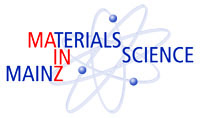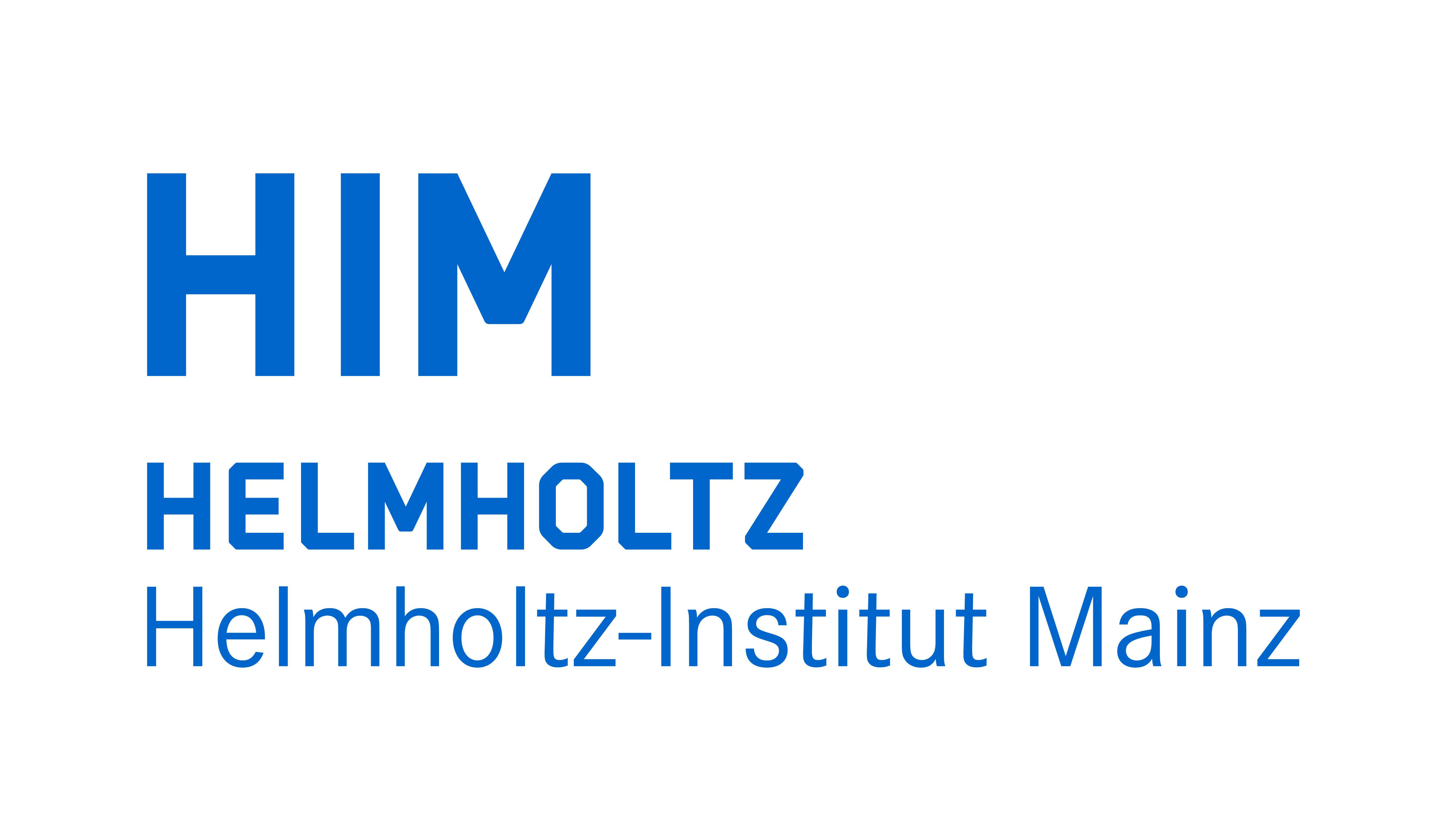


Physikalisches Kolloquium
July 19, 2016 at
4:16 p.m. c.t.
in
HS KPH
Prof. Dr. Friederike Schmid
Institut für Physik
friederike.schmid@uni-mainz.de
Prof. Dr. Hartmut Wittig
Institut für Kernphysik
hartmut.wittig@uni-mainz.de
Electronic and Structural Dynamics in Solids: A Momentum-Resolved View on Microscopic Coupling and Correlation Phenomena
Dr. Ralph Ernstorfer (Department of Physical Chemistry, Max-Planck-Institute, Berlin)
The coupling and mutual dependence of electronic and vibrational degrees of freedom is at the heart of microscopic as well as macroscopic phenomena in condensed matter. I will discuss how ultrafast pump-probe techniques provide access to these coupling and correlation effects by revealing the response of electrons and lattice to specific excitation of a material. In particular, we employ time- and angle-resolved photoelectron spectroscopy (trARPES) and femtosecond electron diffraction (FED) [1] and imaging [2] in order to obtain a momentum-resolved view on the dynamics of electrons and phonons.
I will discuss electron-lattice interaction and electron dynamics in two classes of materials. First, the concept of quantifying electron-phonon coupling is introduced for the textbook example of a free-electron metal. Our experimental and theoretical results challenge the validity of the two-temperature approximation and we propose a refined model [3]. Second, I will discuss ultrafast electron and phonon dynamics in the semiconducting transition metal dichalcogenide WSe2. We demonstrate the generation of spin- and pseudospin-polarized excited states in individual layers of this centrosymmetric material [4]. TrARPES with fs XUV pulses reveals the evolution of the excited state in the Brillouin zone and, more generally, allows for mapping of the entire conduction band structure. The complementary momentum-resolved view on phonon dynamics is obtained by FED.
[1] L. Waldecker et al., J. Appl. Phys. 117, 044903 (2015).
[2] M. Müller et al., Nature Communications 5, 5292 (2014).
M. Müller et al., ACS Photonics 3, 611 (2016).
[3] L. Waldecker et al., Phys. Rev. X 6, 021003 (2016).
[4] R. Bertoni et al., arXiv:1606.03218